As China prepares for the 15th National Games, the first to be jointly hosted by Guangdong, Hong Kong, and Macao, Guangzhou is leveraging the event to showcase technologies designed to enhance accessibility, sustainability, and urban efficiency. These innovations will be introduced during the November event before being scaled up for citywide applications.
Bridging Communication Barriers
Government service centers in Guangzhou now feature real-time sign-language translation systems developed by Yinshu Technology. The platform connects hearing-impaired users with volunteer interpreters within seconds, converting sign language to text and speech.
During the Games, these devices will facilitate communication at event venues and hotels. Post-event deployment to hospitals and museums is planned, expanding accessibility across public services.
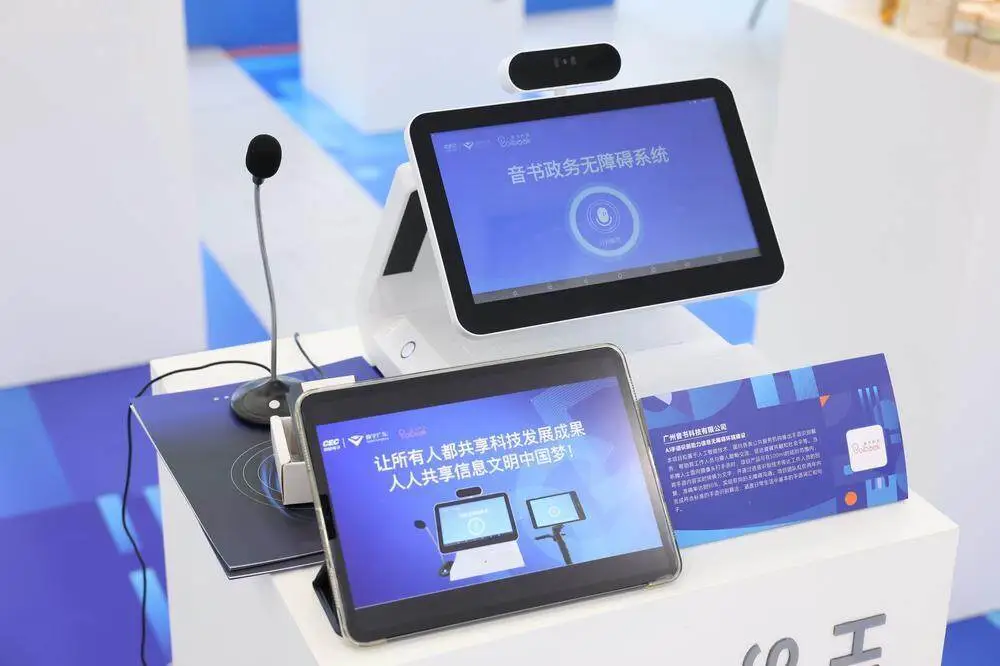
Drones light shows
Low-altitude technology takes center stage with Qianji Technology's drone light shows. Over 1,000 synchronized drones will form dynamic aerial displays above landmarks, such as the Canton Tower, celebrating key milestones of the Games. The company's latest C5 drones offer extended battery life and higher visual fidelity.

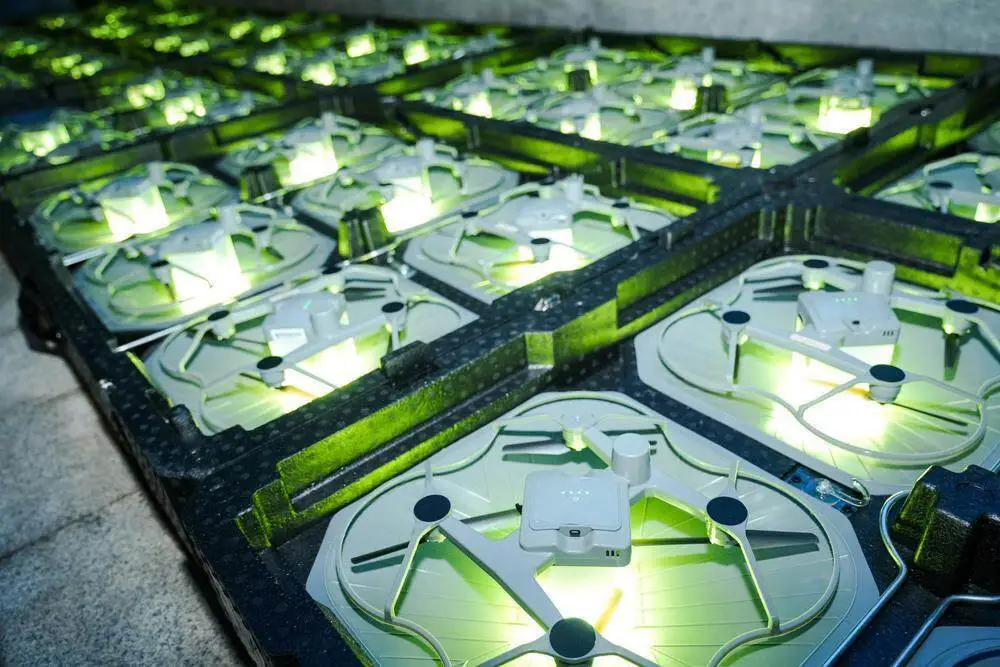
Temperature Management Solutions
Researchers at HKUST's Fok Ying Tung Research Institute have developed a bio-inspired passive cooling coating modeled after the nanostructure of Saharan silver ants. This material will be applied to volunteer stations as paint-like thermal shields, reflecting sunlight and radiating heat into space without electricity, reducing surface temperatures by over 15°C.
During the National Games, the coating will cover 5,000 m² of service booths, saving 380,000 kWh of electricity and cutting CO₂ emissions by 200 tonnes while providing 500 kW of cooling capacity. The same technology enables lightweight apparel like cooling jackets (blending silk-like smoothness with cotton breathability) and umbrellas for volunteer use.
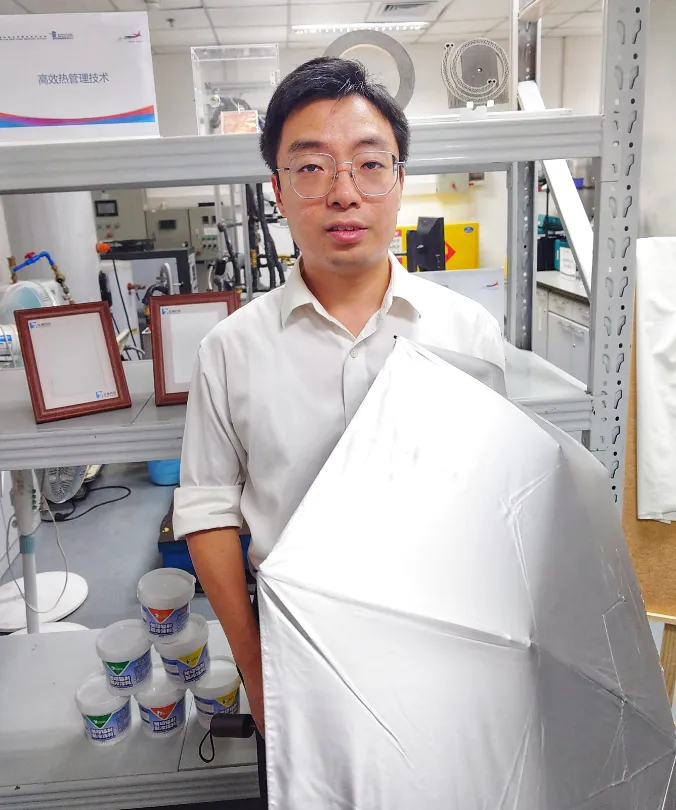
Post-Games, the coated volunteer stations will be repurposed as community service hubs, while the technology expands to industrial prefab structures and temporary housing. Cooling jackets and umbrellas will remain available for public rental, extending the innovation's accessibility beyond the Games.
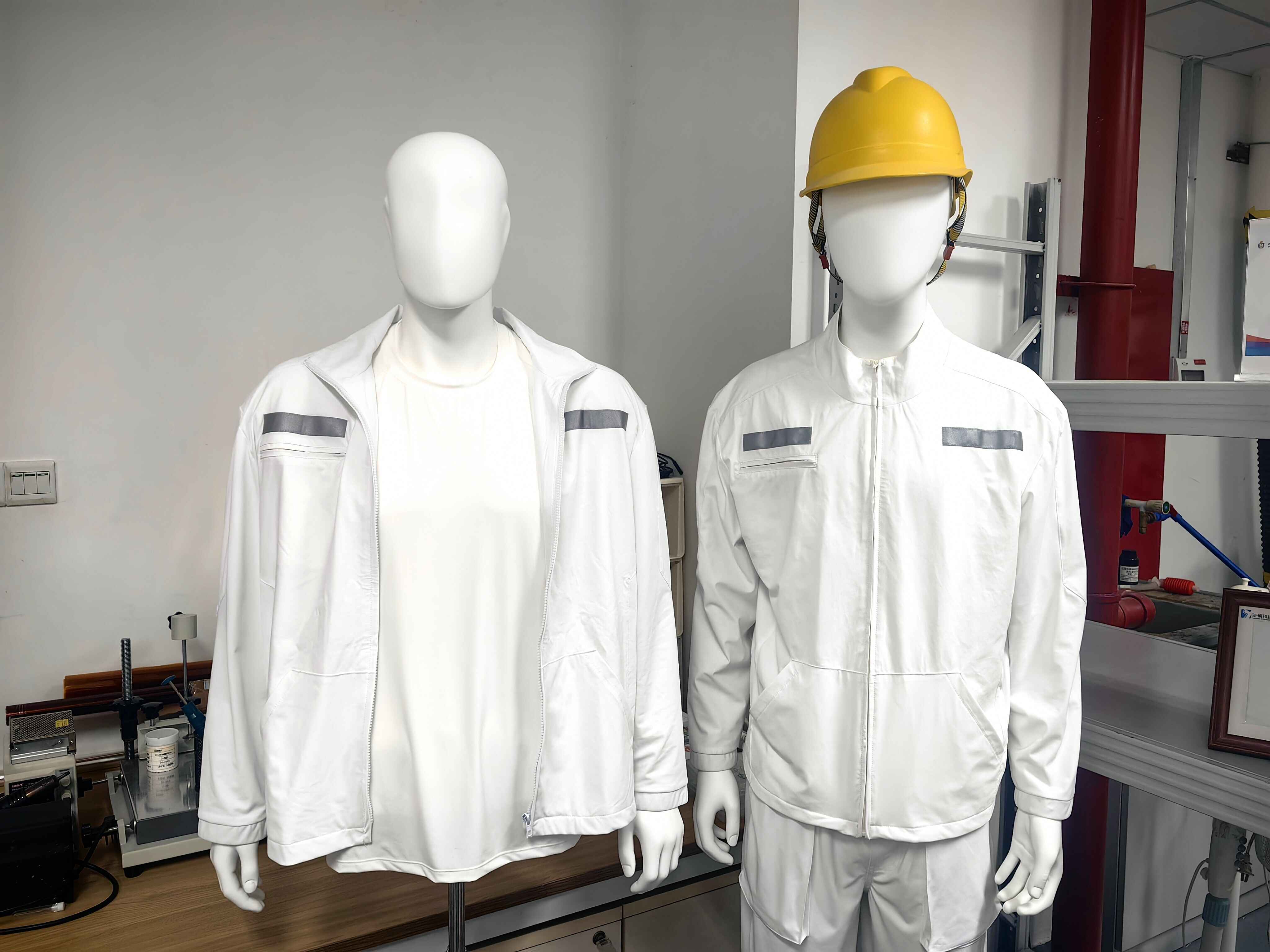
Navigation and Mobility Upgrades
Indoor navigation hurdles are being solved by Mashi Technology's lightweight 3D mapping engine. The system integrates outdoor GPS with indoor Bluetooth beacons, guiding visitors through complex venues like the Guangdong Olympic Stadium via AR pathways on their phones. Post-Games, it will support facility maintenance and security.
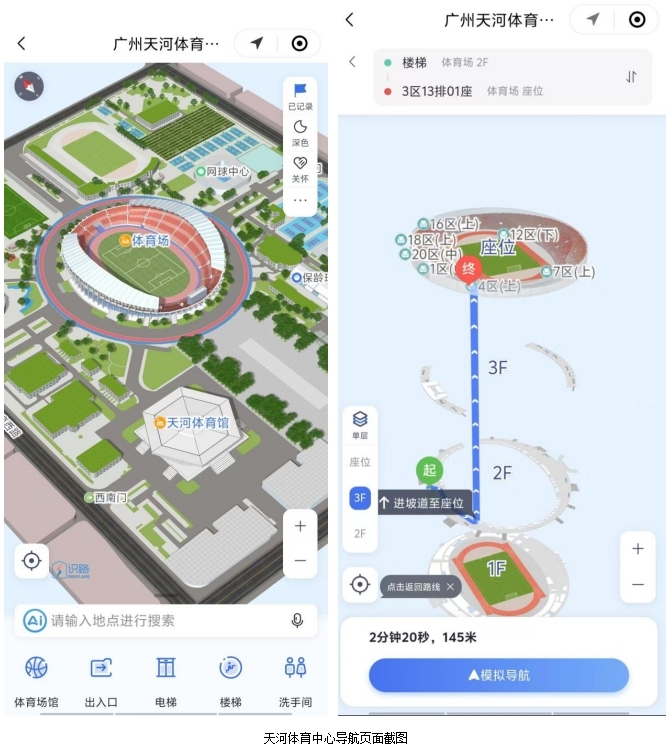
For transport, autonomous taxis (Robotaxi) by Pony. ai will shuttle attendees between media centers and venues. The Robotaxi comfortably accommodated five passengers with its spacious seating. The seventh-generation vehicles feature enhanced route optimization and safety protocols, with plans for post-event integration into Guangzhou's public transit network.
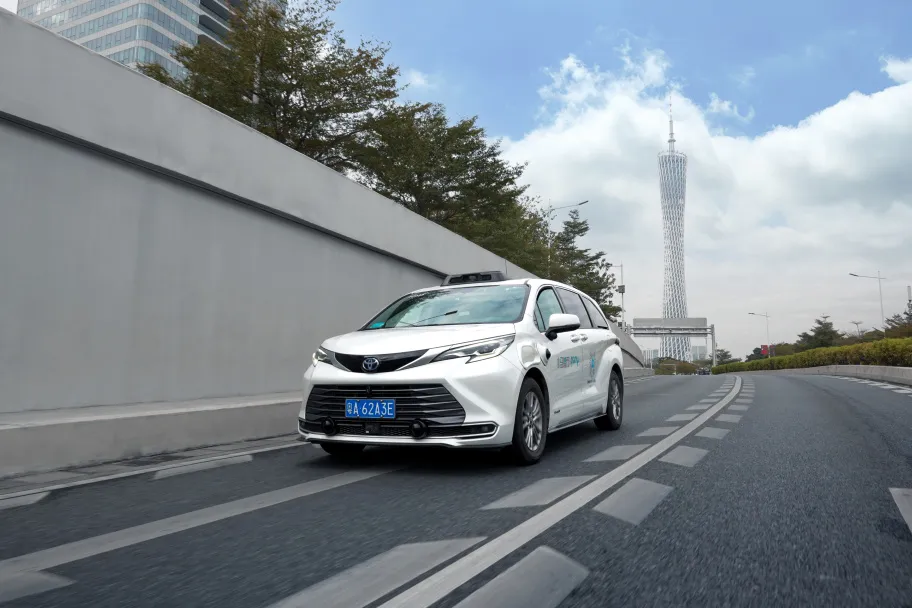
These pioneering innovations, designed to enhance public services, will achieve citywide implementation during the 15th National Games. Following the Games, they will expand public access to upgraded urban infrastructure across Guangzhou.
Author | Feng Huiting
Photo | Guangzhou Organizing Committee for the 15th National Games
Editor | Huang Qini, James, Shen He






